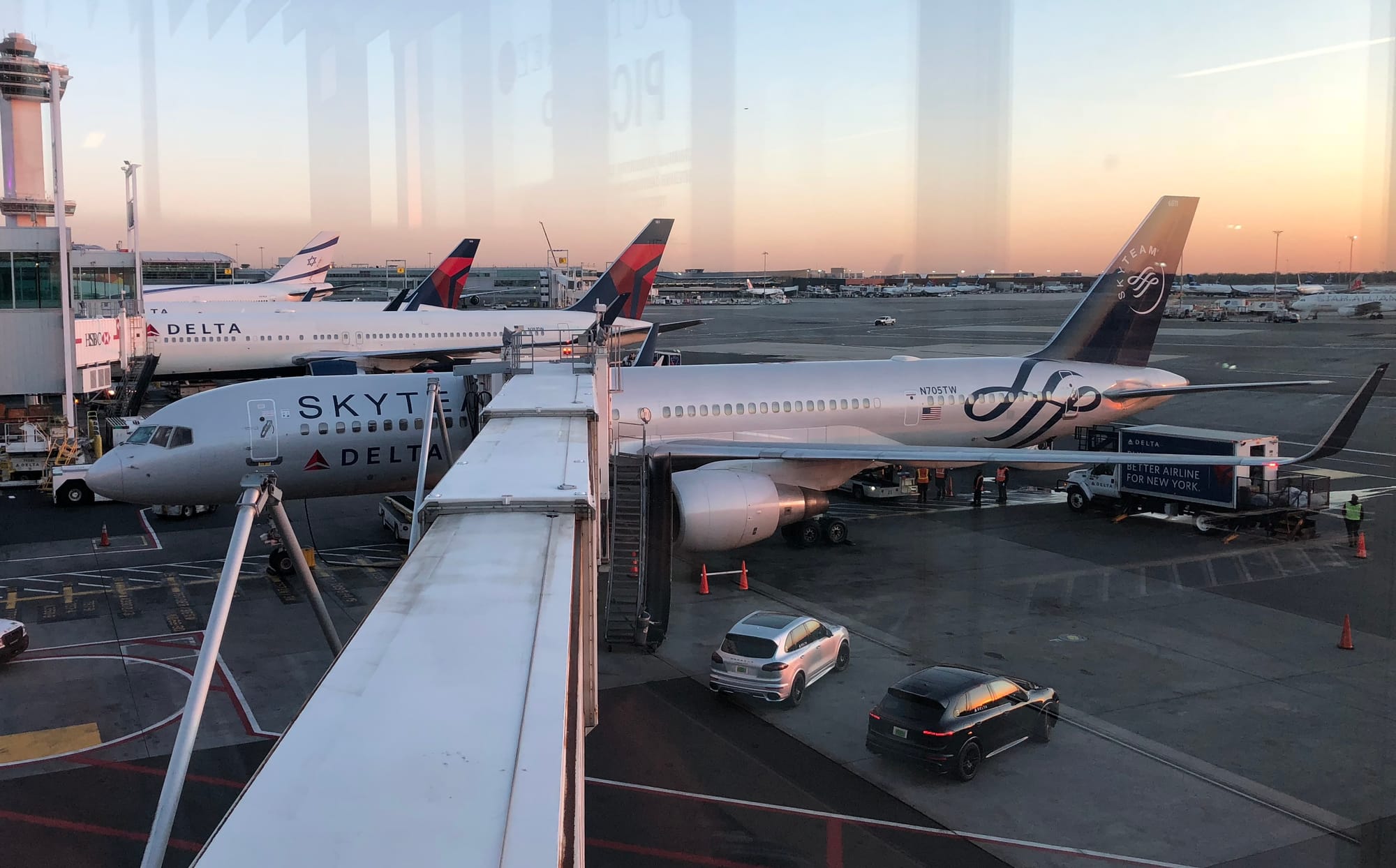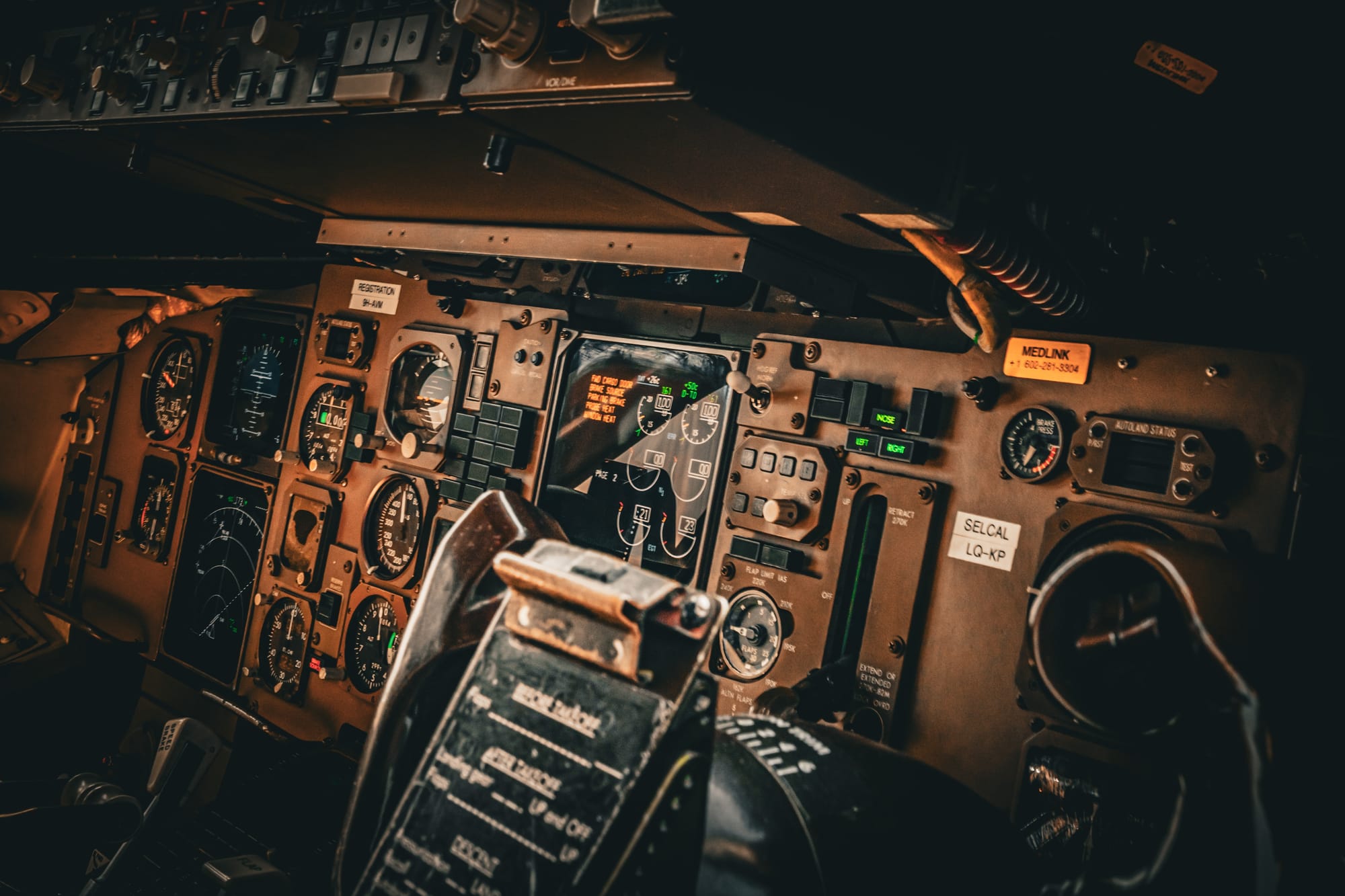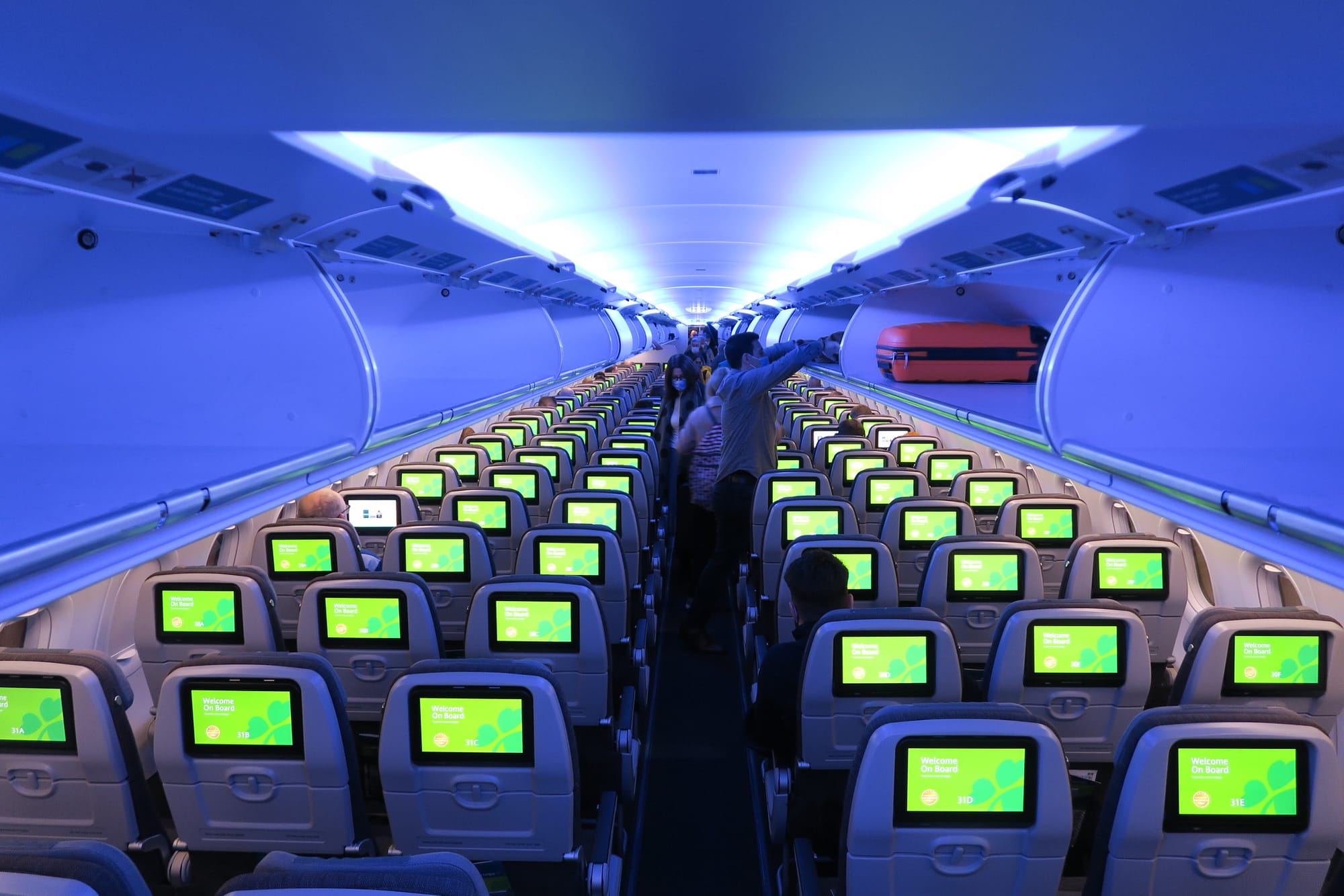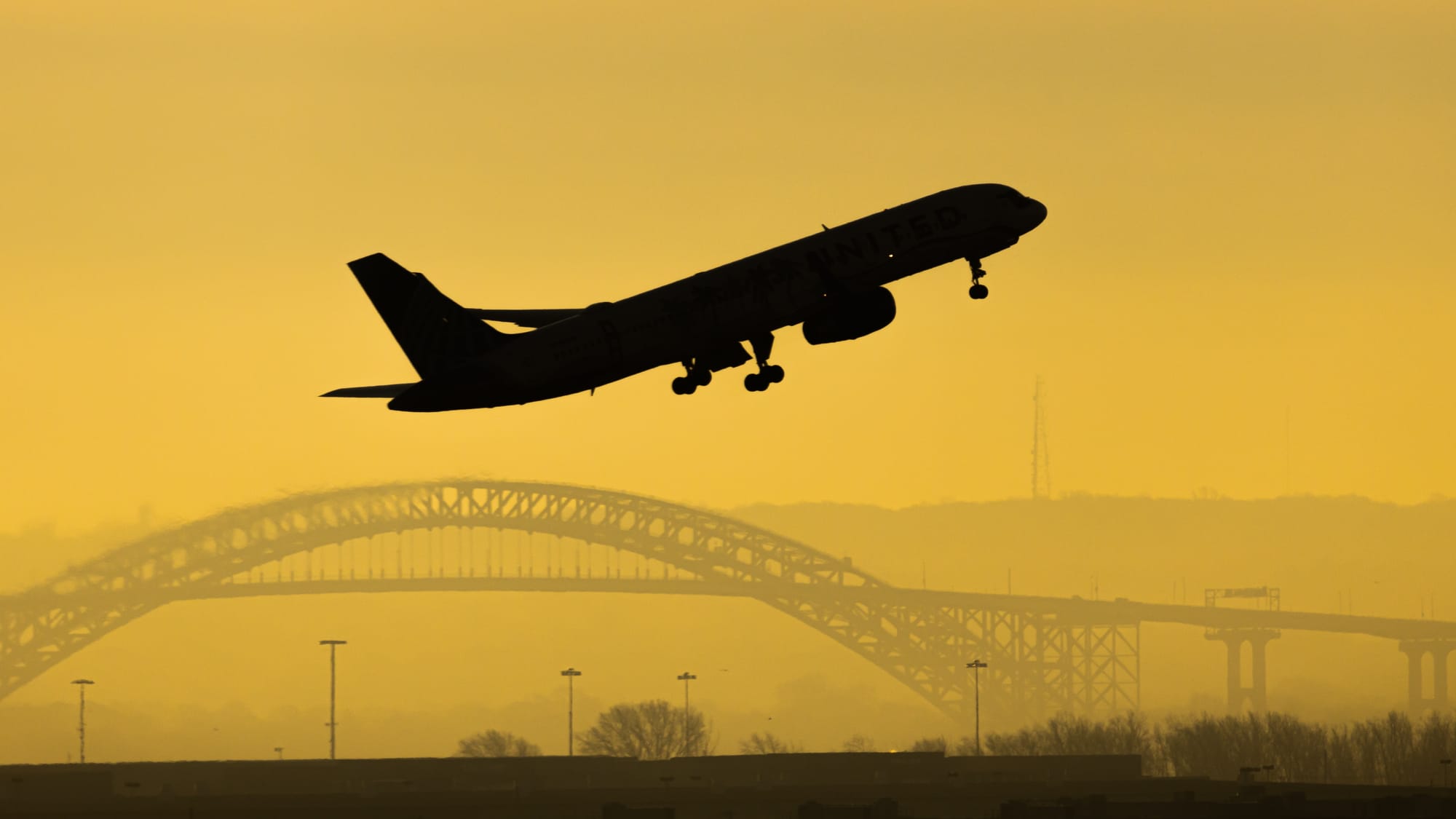Why the Boeing 757 is the Greatest Airplane Ever Made

In the dazzling firmament of aviation, where behemoths like the A380 and Boeing 747 steal the spotlight, the Boeing 757 often gets relegated to the sidelines. But beneath its unassuming silhouette lies a hidden gem, a testament to engineering prowess and unwavering dedication to efficiency – a plane that, dare I say, deserves the crown as the greatest aircraft ever made.
A Powerhouse in a Compact Package

Imagine a ballerina with the muscles of a weightlifter. That's the 757. Packing a punch with its Rolls-Royce or Pratt & Whitney engines, this jetliner catapults itself off runways with breathtaking acceleration, conquering even the most challenging stretches of tarmac. Soaring effortlessly through scorching desert air or scaling the icy Himalayas, the 757 leaves sluggish competitors in its contrail.
The 757 is a favorite with airlines due to it's power to weight ratio, sometimes called the sports car of the skies or a plane with jet engines under the wings. The 757 is known for its amazing performance and able to power off of short runways like Hayden, Colorado or John Wane Airport in California. No other airplane has been built to take the type of payload off such short runways like that.
Fuel Efficient For Its Time

Remember the days of guzzling gas guzzlers? The 757 was a harbinger of a new era, where fuel efficiency reigned supreme. Its sleek, swept-back "supercritical" wings and lightweight construction shaved off precious pounds, translating to fuel savings that airlines and environmentalists cheered. Every drop stretched further, making this plane a champion of both profit margins and a cleaner planet.
While now considered a gas guzzler compared to modern day aircraft it has the capacity and fuel efficiency to complete transatlantic flights or transcontinental flights in a still respectable way.
A Pilot's Playground

Ask any pilot who's graced the cockpit of a 757 and they'll tell you it's poetry in motion. Its responsive controls and predictable handling make it a dream to maneuver, earning it the nickname "the pilot's plane." It dances through the air with the grace of a ballerina, yet possesses the precision of a seasoned surgeon. No wonder it was a favorite among those who tamed the skies.
Every pilot that I know who has flown the 757/767 (as they share the same cockpit layout) has told me they absolutely love the aircraft. Most don't want to leave the airplane because it feels just right. They can't tell me exactly but it's something about how the plane feels when you sit in it and move the controls that feels simply amazing to fly.
Where Comfort Takes Flight

Forget cramped cabins and stale air. The 757's interior was an oasis in the sky. Wide seats and ample legroom ensured even the tallest passengers could stretch out in comfort. Its two-engine design meant a quieter journey, punctuated only by the gentle hum of the engines and the soft whisper of the wind. Large windows, unlike the portholes of some rivals, transformed every flight into a scenic spectacle.
Compared to other aircraft at the time the 757 was a modern marvel and still is to this day, yes the engines absolutely scream on departure but at altitude using such little thrust to remain in the air it quiets down nicely. Compared to the 737 I think that the 757 has a more comfortable cabin and feels just a bit more roomier than its smaller brother.
Adaptability: The 757's Secret Weapon

Need a cargo hauler? The 757 morphs into a freight monster, its cavernous belly swallowing tons of goods with ease. Craving a combi version for that perfect blend of passengers and parcels? The 757, ever the chameleon, seamlessly converts its interior, making it a logistics Swiss army knife that airlines adored for its versatility.
The 757 has been adapted to many different missions over its lifetime and is the plane that just won't die. Most passenger jets get converted into freighters and take on missions that widebodies just can't complete. Experimental companies have even adapted as test beds for various projects. Boeing had an experimental 757 to develop fly-by-wire for the 757. They even slapped a F-22 nose on the 757 for development. It's absolutely stunning how versatile the 757 is.
A Legacy that Soars On

Though no longer in production, the 757's spirit soars on. Its lessons in efficiency, performance, and adaptability continue to inspire future generations of aircraft. From fuel-saving technologies to pilot-friendly designs, the 757's fingerprints are etched across modern aviation.
That's why you see legacy airlines such as Delta and United continue to operate the 757 and have said they will continue for many years. It's also why you see new airlines like New Pacific Airlines acquire used 757s to start up its own airline. And it's why the passenger 757s are converted to freighters to live a second life.
Final Thoughts
So, the next time you see a silver streak piercing the clouds, remember the Boeing 757. It may not be the loudest or the largest, but in its popularity and unwavering dedication to excellence, it reigns supreme as a true champion of the skies. And who doesn't love an underdog that steals the show?





